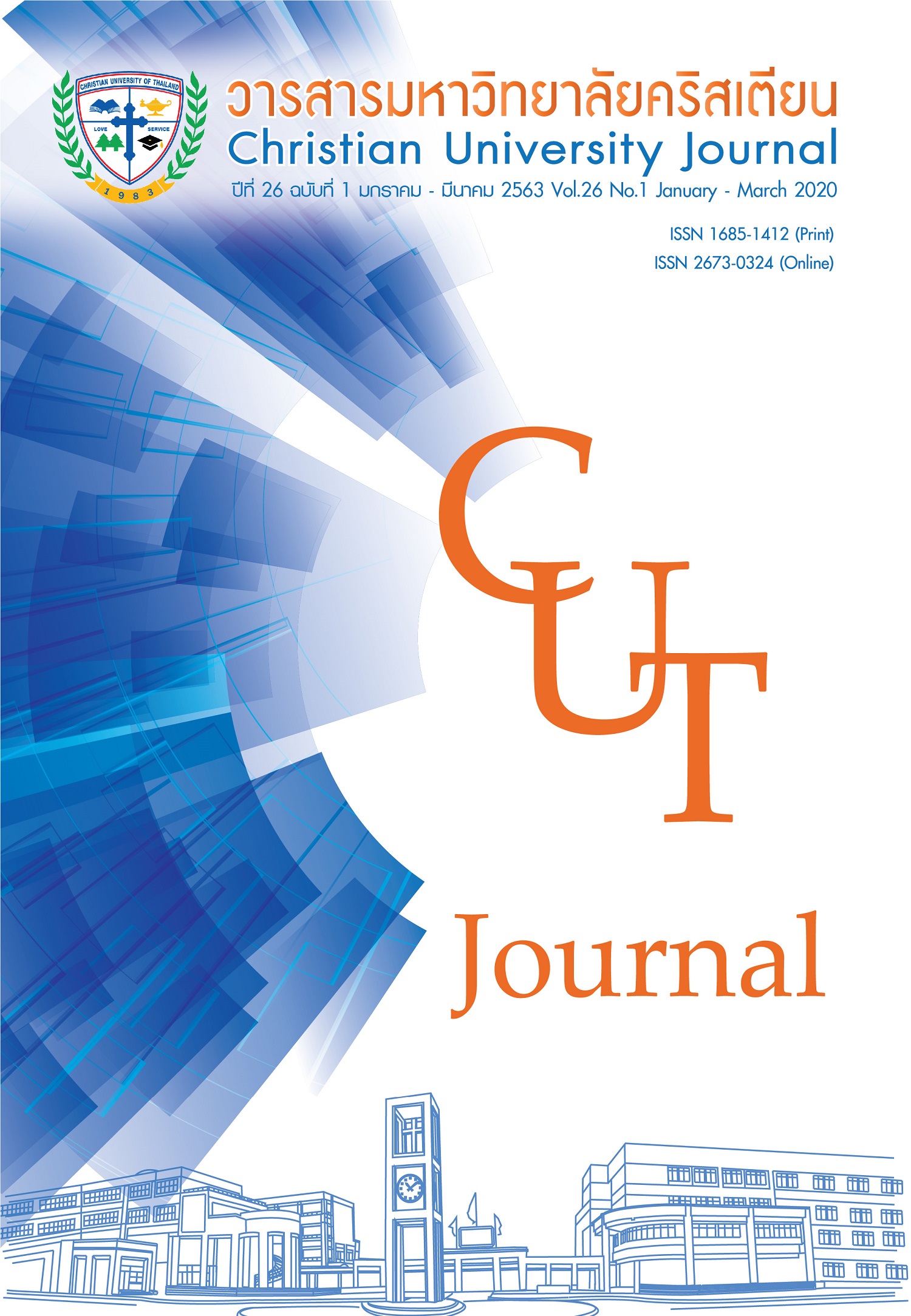ความชุกและปัจจัยที่มีความสัมพันธ์กับพฤติกรรมการบริโภคอาหาร ของนักเรียนชั้นมัธยมศึกษาตอนต้น โรงเรียนกมลาไสย อำเภอกมลาไสย จังหวัดกาฬสินธุ์
คำสำคัญ:
ความชุก, ความรอบรู้ทางสุขภาพ, พฤติกรรมการบริโภคอาหารบทคัดย่อ
การศึกษาวิจัยครั้งนี้เป็นวิจัยเชิงวิเคราะห์ โดยมีรูปแบบการศึกษาแบบภาคตัดขวาง มีวัตถุประสงค์เพื่อศึกษาความชุกและปัจจัยที่มีความสัมพันธ์ต่อพฤติกรรมการบริโภคอาหารของนักเรียนชั้นมัธยมศึกษาตอนต้น โรงเรียนกมลาไสย อำเภอกมลาไสย จังหวัดกาฬสินธุ์ โดยวิธีการสุมอย่างง่าย กลุ่มตัวอย่าง 262 คน เครื่องมือที่ใช้เป็นแบบสอบถาม มีการตรวจสอบคุณภาพของเครื่องมือ ความเที่ยงตรงเชิงเนื้อหาและค่าความเชื่อมั่น วิเคราะห์ข้อมูลสถิติเชิงพรรณนาและการวิเคราะห์การถดถอยพหุแบบลอจิสติค ระดับปานกลาง (x̄=2.73, S.D.=0.33) ด้านการเข้าถึงข้อมูลสุขภาพฯ ระดับปานกลาง (x̄=2.16, S.D.=0.62) ด้านการสื่อสาร ระดับปานกลาง (x̄=2.12, S.D.=0.58) ด้านการตัดสินใจ ระดับปานกลาง (x̄=2.30, S.D.= 0.62) ด้านการรู้เท่าทันสื่อ ระดับปานกลาง (x̄=2.70,S.D.=0.46)ด้านการจัดการตนเอง ระดับปานกลาง (x̄=2.10,S.D.=0.46) ความชุกและปัจจัยที่มีความสัมพันธ์ คือ ความสามารถในการเข้าถึงข้อมูลและการบริการสุขภาพได้มาก (AOR =2.32; 95%CI=1.40-3.84; p-value<0.001) การจัดการตนเองที่ดีจะมีพฤติกรรมการบริโภคอาหารที่ดีขึ้น (AOR=1.85; 95%CI=1.13-3.04; p-value=0.014) และการที่ได้รับการส่งเสริมด้านการบริโภคอาหารที่มีประโยชน์จากสื่อโทรทัศน์ 1.55 เท่า (AOR=1.55; 95%CI=1.94 -2.54; p-value=0.002) การนำไปใช้ประโยชน์ เพื่อใช้จัดทำโครงการหรือให้ความรู้ เช่น สื่อโทรทัศน์ เพื่อเพิ่มความสามารถในการเข้าถึงเรื่องการบริโภคอาหารให้เกิดประโยชน์ต่อร่างกาย
เอกสารอ้างอิง
Adisa Sungkathip, Suwanlee Lowirakorn. (2017). Food Consumption Behaviors and Nutrition of Lower Secondary Students of Kud Pladook, Chuenchom District, Maha Sarakham Province. Science and Technology Journal Ubon Ratchathani University, 19(1),178 - 189.
Health Education Division. (2011). Development of Tools for Measuring Health Intelligence on Obesity of Matthayom 3 students (first stage).(Research Report). Bangkok: Ministry of Public Health.
Health Education Division. (2018). The Promotion and Evaluation of Health literacy and Behaviors of Children Who Are 7-14 Years Old and Those Who Are Over 15 years old. Bangkok :Ministry of Public Health.
Hsieh, F.Y. (1989). Sample size tables for logistic regression. Statistics in Medicine, 8, 795–802.
Institute for Population and Social Research. (2017). Health Status of Thai People 2017. Nakhon Pathom: Amarin Printing and Publishing
Institute for Population and Social Research. (2018). Health Status of Thai People 2018. NakhonPathom: Amarin Printing and Publishing.
Kitpapon Srithanee. (2017). Relationship between health literacy and quality of the eldery life at the central part of the north-east Thailand. Journal of health system research. 11(1) : 26-36
Montira Juntavaree, Peyanut Juntavaree. (2019). Smoking Behaviors of the Senior High School in Kantharawichai District, Maha Sarakham Province. Ratchaphrurk Journal, 17(3), 83-90.
National Statistical Office. (2013). The Report of Annual Statistics of Thailand 2013. Bangkok, Ministry of Information and Communication Technology.
Nutbeam, D. (2000). Health Literacy as a public health goal: a challenge for contemporary health education and communication strategies into the 21st century. Health Promotion International. 15(3),259-267.
Nutcharin Sutthiwarotmakul. (2018). The relationships between health literacy, family and peer influences and eating behavior of school-age children.(Master's Thesis). Burapha University, Chonburi.
Phusit Prakongsai. (2559). Thai Public Health 2011–2015. The War Veterans Organization Printing: Nonthaburi, Strategy and Planning Division, Ministry of Public Health.
The Secondary Education Service Area Office. (2019). Report of The Secondary EducationService Area Office 24 2018. Bangkok; Ministry of Education.
Weerachai Nuanchai, Sirikul Aumpon, Krantarat Boonchuaytanasit et al. (2017). Research Report on the Development of Food Consumption Behavior of Students from Oryor Noi Schools to Reduce Risk Factors of Non-Communicable Diseases (NCDs) in 2017. Food and Drug Administration, Ministry of Public Health.



